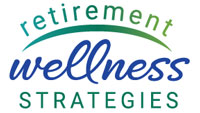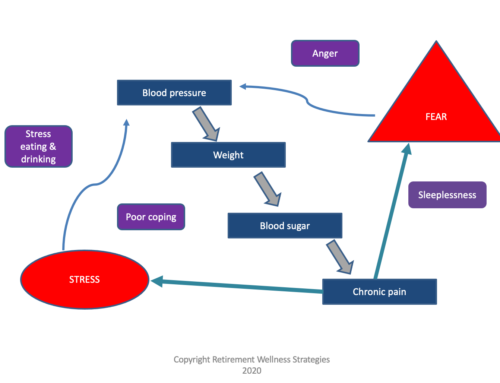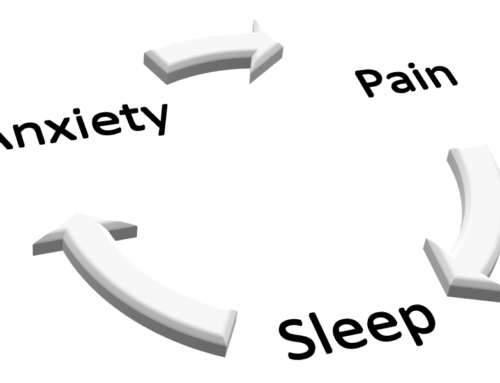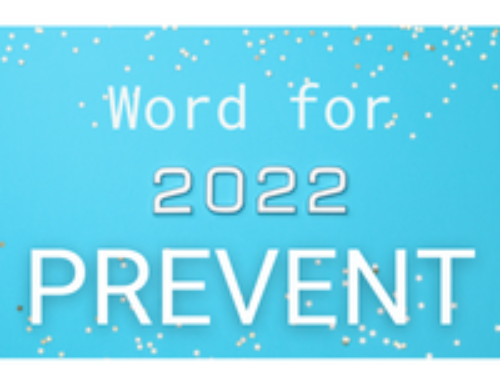 It is Breast Cancer Awareness Month. We are seeing pink in all directions.
It is Breast Cancer Awareness Month. We are seeing pink in all directions.
Breast cancer is the most common type of cancer in women (with the possible exception of some skin cancers).
One in eight women will be diagnosed with invasive breast cancer.
Ductal carcinoma in situ is a type of breast cancer that is contained in the duct, so it is not an invasive breast cancer. Another 60,000 women will be diagnosed with this during the year.
The risk of breast cancer increases with age and seems to peak in the 70’s.
All women at all ages should get regular mammograms. These can find the cancer early. Most guidelines recommend every year starting at age 40. This screening should continue for as long as a woman is still loving and living life! You might have heard on the news this week the American Cancer Society has changed its guidelines for annual mammograms. For woman at average risk for breast cancer, these new guidelines are to start at age 45 and go to every other year at age 55. Note, for women at high risk, screening starts earlier and remains yearly.
When a diagnosis is made, find a breast cancer center who can support you through each decision and each phase that follows. You want to be surrounded by a team of caring professionals who are patient and explain everything until you fully understand.
Surgery, radiation, chemotherapy, and medications are often parts of the treatment options. Different combinations of these treatments will be used based on the important specifics of your cancer and your preferences.
When breast cancer is estrogen-responsive, the following medications are often part of the treatment regimen.
Tamoxifen is often used after diagnosis and initial treatment. It can also be used to lower breast cancer risk in high risk women. It is an antiestrogen medication, so it decreases the impact of estrogen that often drives the changes that lead to breast cancer. The typical length of treatment has been five years. There is new data that it should be taken for 10 years in some women with breast cancer. Be sure to discuss this with that great team of providers you have to see how long you should take it. The main side effects are hot flashes and changes in your menses if you are premenopausal. Tamoxifen can also cause fatigue and increase your risk of clotting.
Aromatase inhibitors are another class of medication sometimes used as part of the treatment for breast cancer or to prevent breast cancer in high risk women. There are three medicines currently in this class. They are anastrazole (brand Arimidex), exemestant (brand Aromasin), and letrozole (brand Femara). These medications decrease the available estrogens by stopping the conversion of androgens to estrogens. These medications can increase your cholesterol and decrease your bone density (increase your risk for osteoporosis). They can also cause hot flashes and fatigue.
Some women take one of the above medications. Others take one type for a period of time then switch to the other. Which type of medication and for how long is an important decision made with your healthcare providers. The decision is based on some tests about your specific type of cancer, its responsiveness to estrogen, any other medical conditions you have, and your preferences.
I highly encourage you to discuss the benefits of the medications and any risks, including side effects, with your cancer treatment team. Your pharmacist is another source of detailed information about these and other medicines.
For more information about breast cancer treatment medications, contact us at www.medsmash.com.
If you want to get more involved in the search for a cure, I encourage you to read about the Army of Women organized by Dr. Susan Love. This program has made millions of volunteer women sources of new data in the search for a cure. I have participated in a couple of studies. It takes little time. One study collected only information. The other did a bone scan. No tests or procedures or data will be taken from you without your full consent. You can made a difference!
For further application, check out my personal blog.
Image thanks to – own work created in Inkscape, based on the graphics by Niki K





